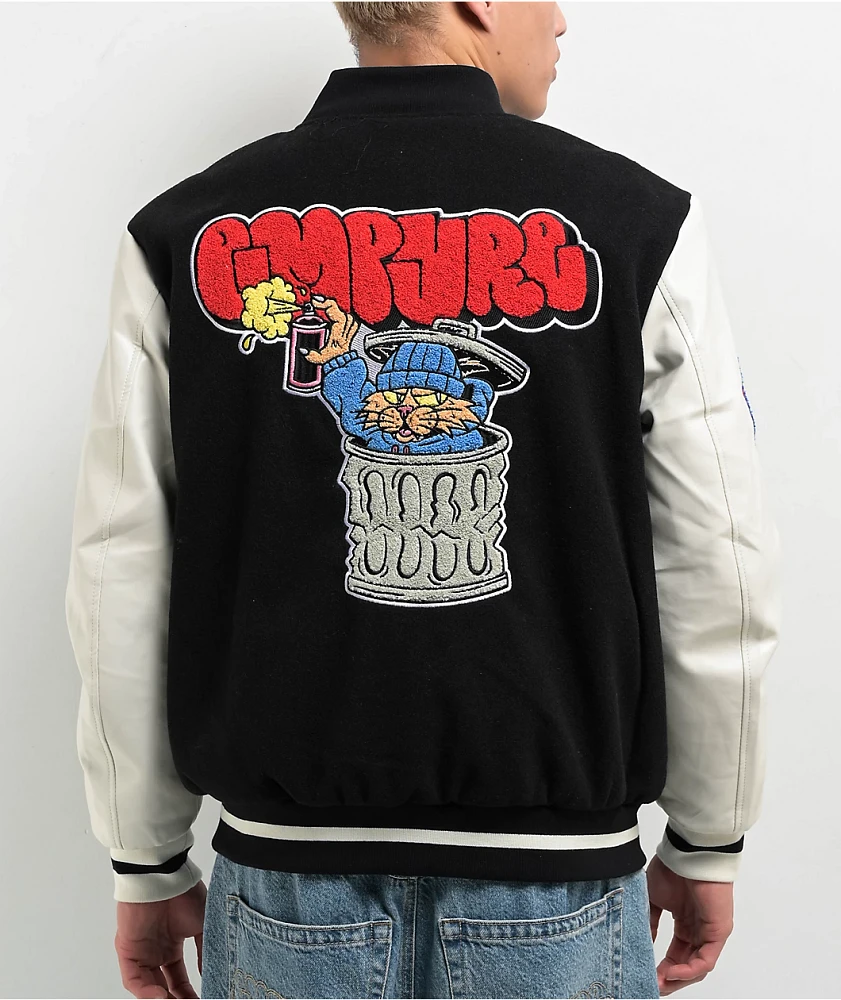In an era where digital presence defines brand identity, immersive website design has emerged as a game-changer. Brands are no longer satisfied with static pages; they seek to captivate their audiences with engaging, interactive online experiences that tell a story and forge connections. The integration of cutting-edge technologies like perception AI has accelerated this transformation, allowing websites to respond dynamically to user behaviors and emotions. This article explores the top trends in immersive website design that every brand should be aware of to stay competitive and create memorable web experiences.
1. Dynamic Personalization Powered by Perception AI
One of the most exciting developments in immersive website design is the use of perception AI to tailor user experiences in real-time. Perception AI analyzes subtle user cues—such as facial expressions, eye movement, or interaction patterns—to gauge emotions and preferences. Based on this data, websites can adapt their content, layout, or visuals to resonate more deeply with individual visitors.
For brands, this means moving from generic content to personalized journeys that feel intuitive and meaningful. A site powered by perception AI might highlight products based on a user’s engagement level or alter interface elements to reduce user frustration, ultimately boosting satisfaction and conversion rates.
2. Rich, Interactive Visual Storytelling
Static images and text are being replaced with rich multimedia storytelling that combines video, animation, 3D models, and interactive elements. These immersive websites don’t just inform—they invite visitors to explore and interact, making them active participants rather than passive viewers.
Brands are using this technique to showcase products in 360-degree views, offer virtual tours, or create narrative-driven content that unfolds as users scroll or click. This approach enhances engagement, helps explain complex concepts simply, and increases the emotional impact of messaging.
3. Scrolling Effects and Parallax Animation
Parallax scrolling—a design technique where background images move slower than foreground images—adds depth and dimension to websites. Combined with other scrolling effects like fade-ins, zooms, or dynamic color changes, these animations create a visually compelling experience that holds users’ attention.
When executed well, parallax effects make browsing feel like a journey, seamlessly guiding visitors through key messages and calls to action without overwhelming them. This trend is gaining popularity in immersive website design due to its ability to create a cinematic look and feel.
4. Voice and Gesture Controls
As voice assistants and gesture-based interfaces become increasingly common, integrating these inputs into immersive websites is a natural progression. Voice navigation allows users to interact with websites hands-free, improving accessibility and user convenience.
In more advanced implementations, gesture recognition through webcams or touch devices enables users to manipulate content—like rotating 3D models or swiping through galleries—in an intuitive, engaging manner. These technologies not only enhance user experience but also offer brands innovative ways to differentiate themselves.
5. Microinteractions and Feedback
Small interactive moments, or microinteractions, are the subtle animations or responses a website provides when users hover, click, or scroll. Examples include animated buttons, loading indicators, or notifications.
In immersive websites, microinteractions serve an essential function by providing feedback that ensures users understand the effects of their actions. They add delight and smoothness to the user experience, making navigation feel responsive and intuitive.
6. Minimalist Design with Bold Typography
While immersive websites often involve complex visuals and interactions, recent trends emphasize minimalist design to avoid overwhelming users. Using ample white space, clean layouts, and bold, expressive typography puts the focus on key messages without distraction.
Bold typography serves as an emotional anchor, conveying brand personality directly and memorably. Paired with interactive elements, this clean aesthetic balances visual appeal with usability.
7. Mobile-First Design and Performance Optimization
As mobile traffic continues to dominate web usage, designing immersive websites that perform flawlessly on smartphones and tablets is critical. Mobile-first design ensures that all interactive and visual features translate seamlessly across devices.
Performance optimization—including fast loading times, efficient code, and adaptive media—is vital to prevent user drop-off. Brands that prioritize mobile responsiveness and speed are more likely to engage and retain visitors.
What People Also Ask
What is an immersive website?
An immersive website is a digital platform designed to engage users through interactive multimedia content, animations, and dynamic personalization, creating a deep, engaging user experience.
How does perception AI enhance website design?
Perception AI enables websites to adapt in real-time to users’ emotions and behaviors by analyzing cues like facial expressions or interaction patterns, delivering personalized and intuitive experiences.
What are parallax scrolling effects?
Parallax scrolling is a design technique where background elements scroll at a different speed than foreground elements, creating a sense of depth and movement on a webpage.
Can voice and gesture controls be integrated into websites?
Yes, modern immersive websites can incorporate voice commands and gesture recognition to offer hands-free navigation and interactive content engagement.
Why is mobile-first design important for immersive websites?
Mobile-first design ensures that immersive websites function smoothly on all devices, especially smartphones, providing fast load times and a consistent user experience crucial for engagement.
Conclusion
The future of web design is immersive, interactive, and intelligent. By integrating perception AI, advanced visuals, and user-centric controls, brands can transform their websites into captivating digital destinations that leave lasting impressions.
Staying abreast of these top trends—dynamic personalization, rich storytelling, parallax animation, voice control, microinteractions, minimalist design, and mobile optimization—is essential for businesses looking to engage modern audiences effectively.
Investing in immersive website design not only boosts engagement but also strengthens brand loyalty and drives conversion, making it a smart strategy for today’s digital-first world. Whether you’re launching a new site or redesigning an existing one, embracing these innovations will set you apart in a crowded online landscape.
If you’re ready to take your web presence to the next level, start exploring how perception AI and immersive design can work for your brand today.



